Part of the National Park Service’s mission is to protect America’s treasures and help preserve its history. One of the ways the N.P.S. does this is by safeguarding National Historic Sites and Battlefields related to the American Civil War. Currently, the N.P.S. protects over 90 Civil War sites.
One way to learn from these sites and their place in American history is through the Jr. Ranger Program. This program will help you explore each site and learn all about the history behind the Civil War. As our R.V. adventures continue, we will visit more civil war sites.
If you enjoy learning about American history through the N.P.S., visit our Revolutionary War post.
A Nation Truly Divided
In today’s political climate, you often hear talk of a divided nation. You may hear someone mention the words “I can’t believe how divided this country has become”, or maybe “Our country has never been this divided before”, or “This country is so divided I don’t think we will ever be able to fix it”.
I could not help but think of these words as we sat overlooking the Antietam National Battlefield during the summer of 2019. During our visit, we learned the actual toll of this Civil War battle.
September 17, 1862, is the bloodiest day in American history. According to the National Park Service, this battle lasted 12 hours. 23,00 Americans were killed, wounded, or went missing during the battle of Antietam.
This was a single one-day battle during the American Civil War. On September 17, 1862, approximately 45,000 Confederate troops took up arms against the Union troops. Fifteen months before this battle, these same troops were American citizens.
I cannot help but question if today’s climate is the most divided this country has ever been. Without question, there is a lot of division in the United States currently. However, after visiting Antietam, I can’t help but believe that maybe the country was more divided between 1861 and 1865.
During our R.V. travels, we visited three separate Civil War sites. Of course, this is just a tiny sample of the 90+ Civil War sites within the National Park Service. We will surely visit many more as we continue our adventures across the country and the National Park System.
Civil War Historic Sites | Our Experience
Harpers Ferry National Historical Park Facts
- It is located at the confluence of the Potomac and Shenandoah rivers in and around Harpers Ferry, West Virginia.
- Designated a National Monument in 1944 and declared a National Historical Park in 1963.
- Harpers Ferry sat on the boundary between the Union and Confederate forces during the Civil War.
- Several historical museums now occupy restored 19th-century Lower Town Historic District buildings.
- Nearly half a million people visit the park each year
For our visit to Harpers Ferry National Historic Site, we set up camp at the Harpers Ferry/Civil War Battlefields Koa Holiday campground.
This campground is only half a mile from the National Park visitor center, making it an excellent camp for visiting Harpers Ferry. You can take a shuttle down to the historical park from the visitor center. This is a quick 5-minute ride down to the town of Harpers Ferry.
Walking into Harpers Ferry, you are taken back to the Civil War.
For amazing views, you can walk down to what is known as the point. This is where the Potomac and Shenandoah rivers meet. You can look at Maryland, Virginia, and West Virginia simultaneously.
What was Harpers Ferry’s role when the nation was divided? After our visit, we learned that Harpers Ferry had a large role during the conflict. Harpers Ferry was affected by the Civil War the day after Virginia Succeeded from the Union. On April 18th, 1861, the armory and arsenal were burnt down.
Antietam National Battlefield
Antietam National Battlefield Facts
- The National Battlefield was established on August 30, 1890
- This N.P.S. site commemorates the American Civil War Battle of Antietam on September 17, 1862.
- Antietam was the bloodiest one-day battle of the Civil War.
- It is located along Antietam Creek in Sharpsburg, northwestern Maryland.
- In the Battle of Antietam, General Robert E. Lee’s first invasion of the North ended on this battlefield in 1862.
- Antietam National Cemetery, which adjoins the park, covers 11.36 acres and contains more than 4,976 interments
On our way south to Big Bend National Park, we stopped in Sharpsburg, MD. We set up camp here at the Hagerstown / Antietam Battlefield KOA Holiday. The campground is 17 miles from the Battlefield and sits on the Conococheague Creek. You can find a video of Marcus jumping this river with his bike on our Why R.V.? Page.
During our visit, we participated in a Ranger-led tour of the park. We walked the cornfield where thousands of soldiers lost their lives. This cornfield saw some of America’s most horrific fighting in all its history. It is one thing to read about this area, but it is an entirely different experience, even 158 years after the battle.
We spent an entire day visiting the Antietam Battlefield and National Cemetery. Of all the numerous National Parks and Historic sites we have visited, this one hit home the most for me.
I remember looking out of the visitor center over pristine farmland and trying to image 132,000 soldiers marching on each other and fighting to the death.
This visit was a humbling experience and changed how we view the Civil War.
Gettysburg National Military Park
Gettysburg National Military Park Facts
- Located in Gettysburg, Pennsylvania
- Gettysburg National Military Park protects and interprets the landscape of the 1863 Battle of Gettysburg during the American Civil War.
- In 1864, the Gettysburg Battlefield Memorial Association acquired land for memorials and preservation
- Officially came under federal control on February 11, 1895, with legislation titled, “An Act To establish a National Military Park at Gettysburg, Pennsylvania.”
The first Civil War site we visited was Gettysburg. We had just purchased our R.V. and were starting our R.V. adventure. Unfortunately, we were unaware of the Jr Ranger program and just walked around the museum, visitor center, and the Gettysburg National Cemetery.
This Cemetery is where President Lincoln spoke his famous Gettysburg Address. The Cemetery includes a monument dedicated to this famous speech. This monument memorializes the speech and not the speaker.
Gettysburg was the site of one of the most crucial battles during this divided time. By the end of this three-day battle, there were over 50,000 casualties.
The Gettysburg National Military Park is a great site to visit. Little did we know it would be the first of many for us.
We Must Never Forget
This topic is very important, in our opinion. Yes, there is division in the United States right now. Yes, there are significant challenges ahead. And yeah, I believe we have been this divided before, and we overcame it.
Remembering our history and those that came before us is so very important. We are so lucky that our Country understands this and does a fantastic job of protecting essential parts of our history.
In addition to Civil War sites, we have visited numerous N.P.S. related to President Lincon. To read more about Lincoln, read our blog post, Honoring America’s 16th President.
We love to hear from our followers. Please leave a comment below.
Have you visited any of the National Parks Civil War sites? How about Civil War sites other than the N.P.S.?


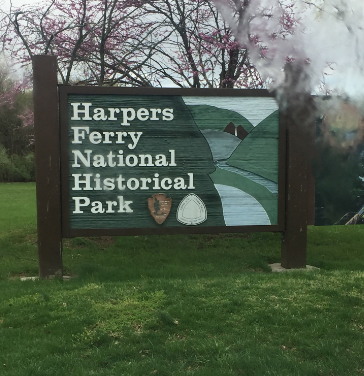
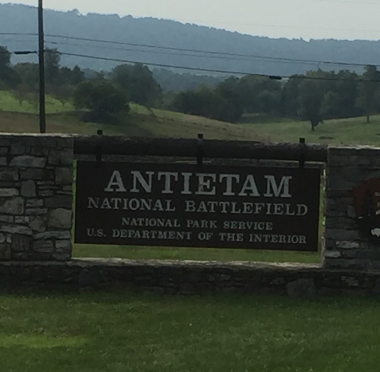
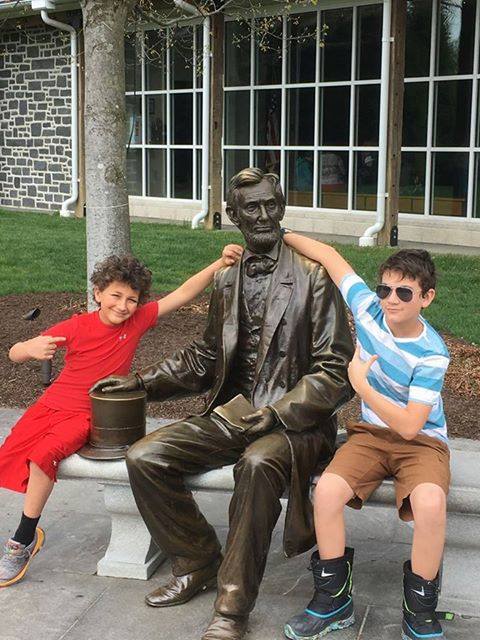
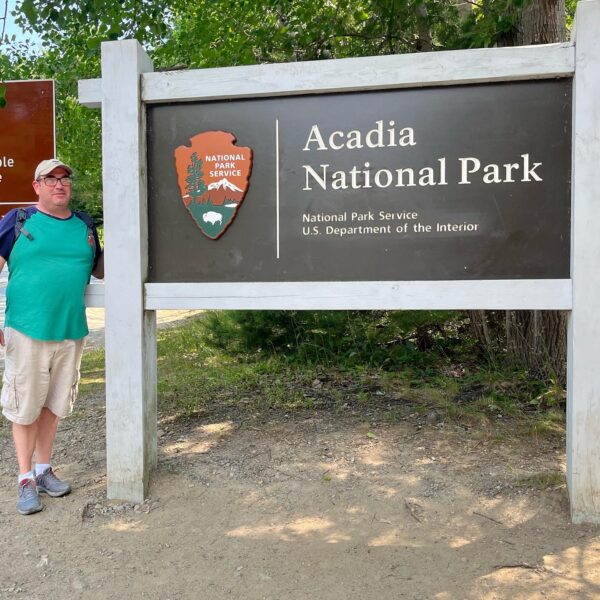

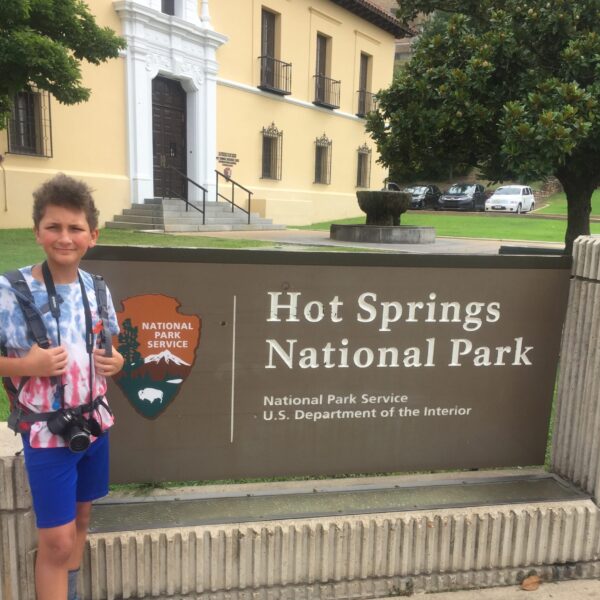
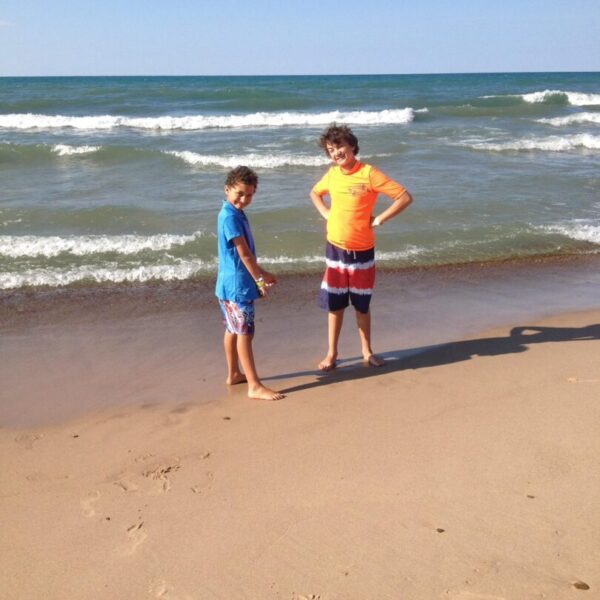
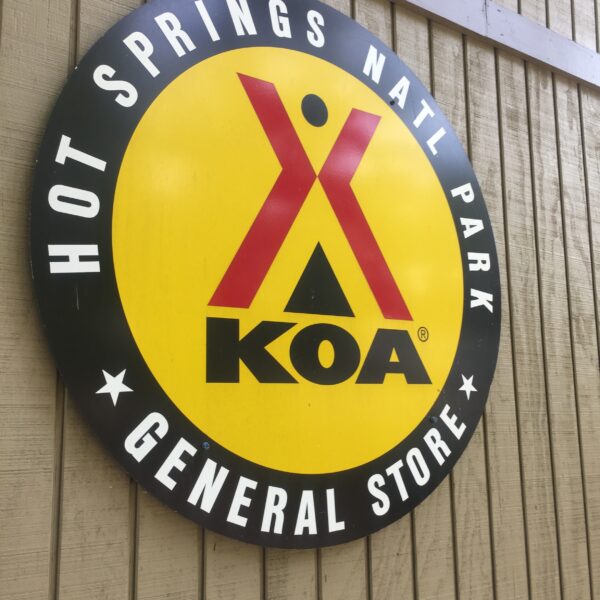
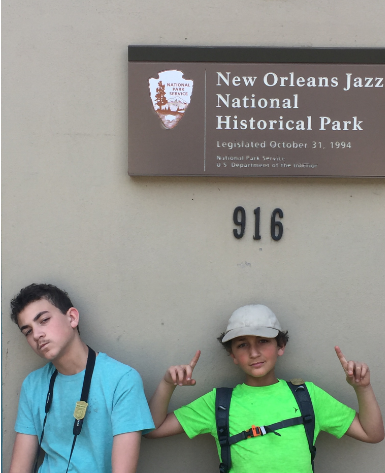

2 Comments. Leave new
When you visited Gettysburg which of the campgrounds did you stay at near there. Artillery ridge and drummer boy have been recommended by family. I’m just wondering your thoughts
Our stop in Gettysburg was just for one night on our way south. We stayed at the Gettysburg / Battlefield KOA. It was perfect for one night. The ones you mention seem to offer more if you are staying for a few days.